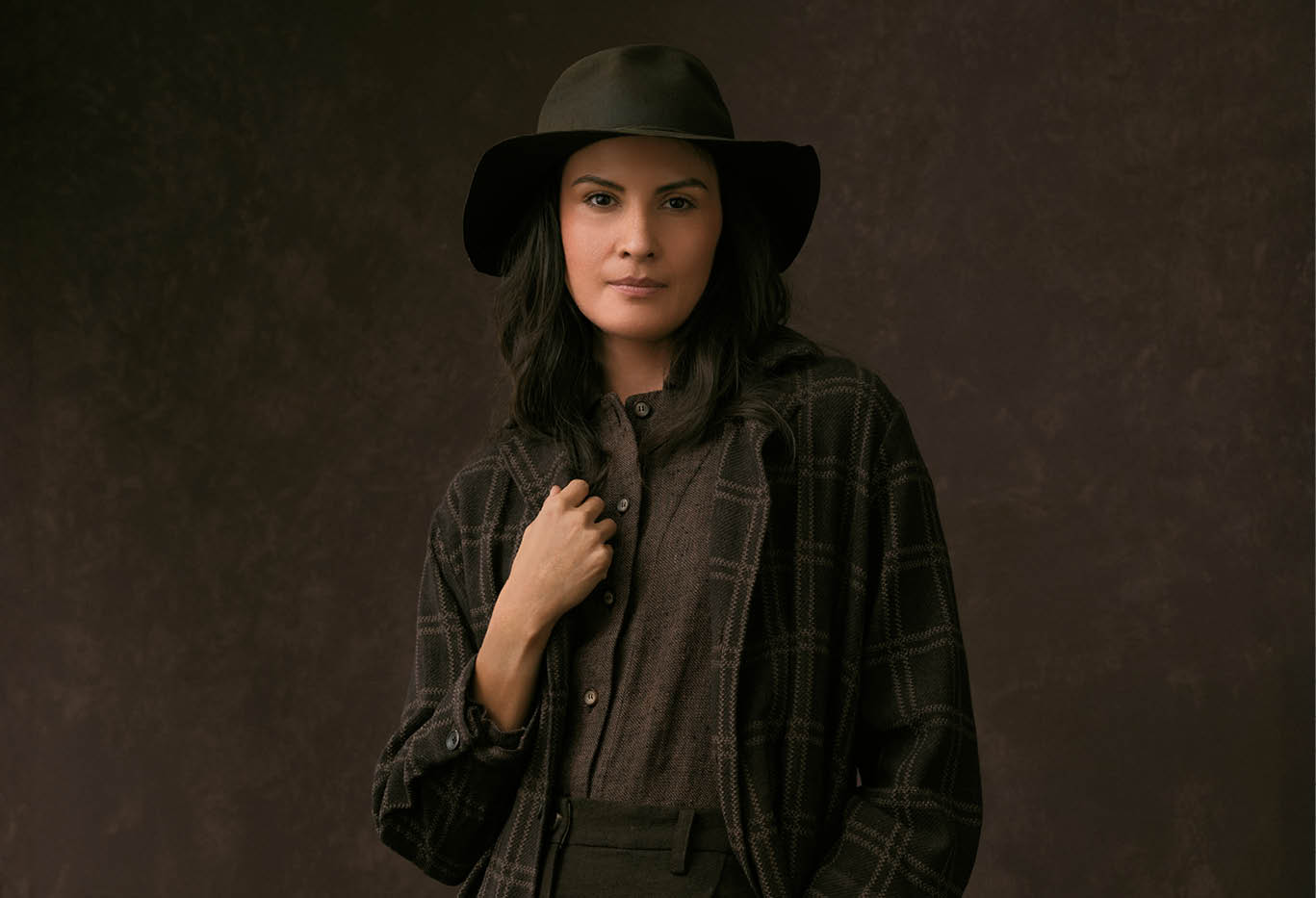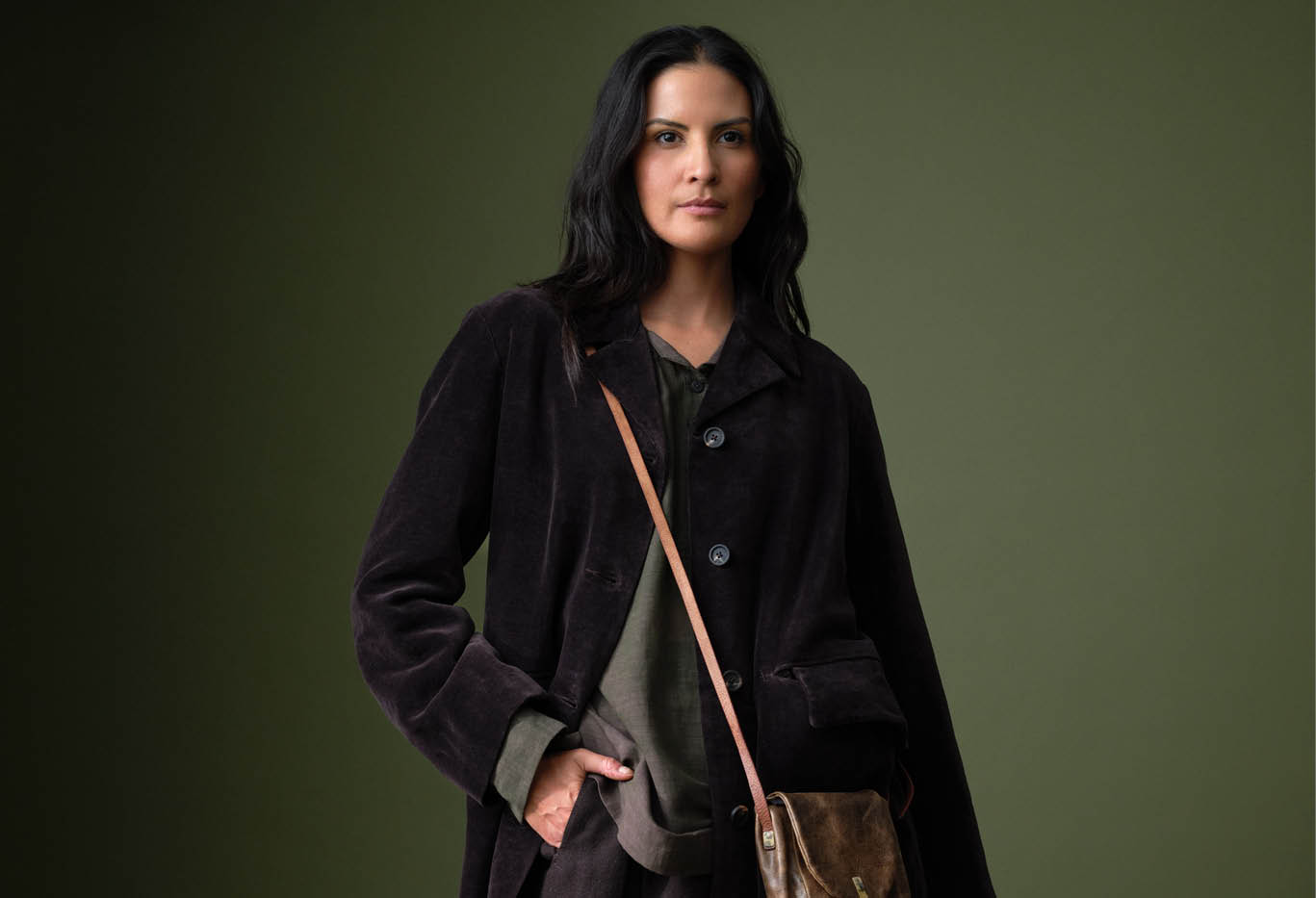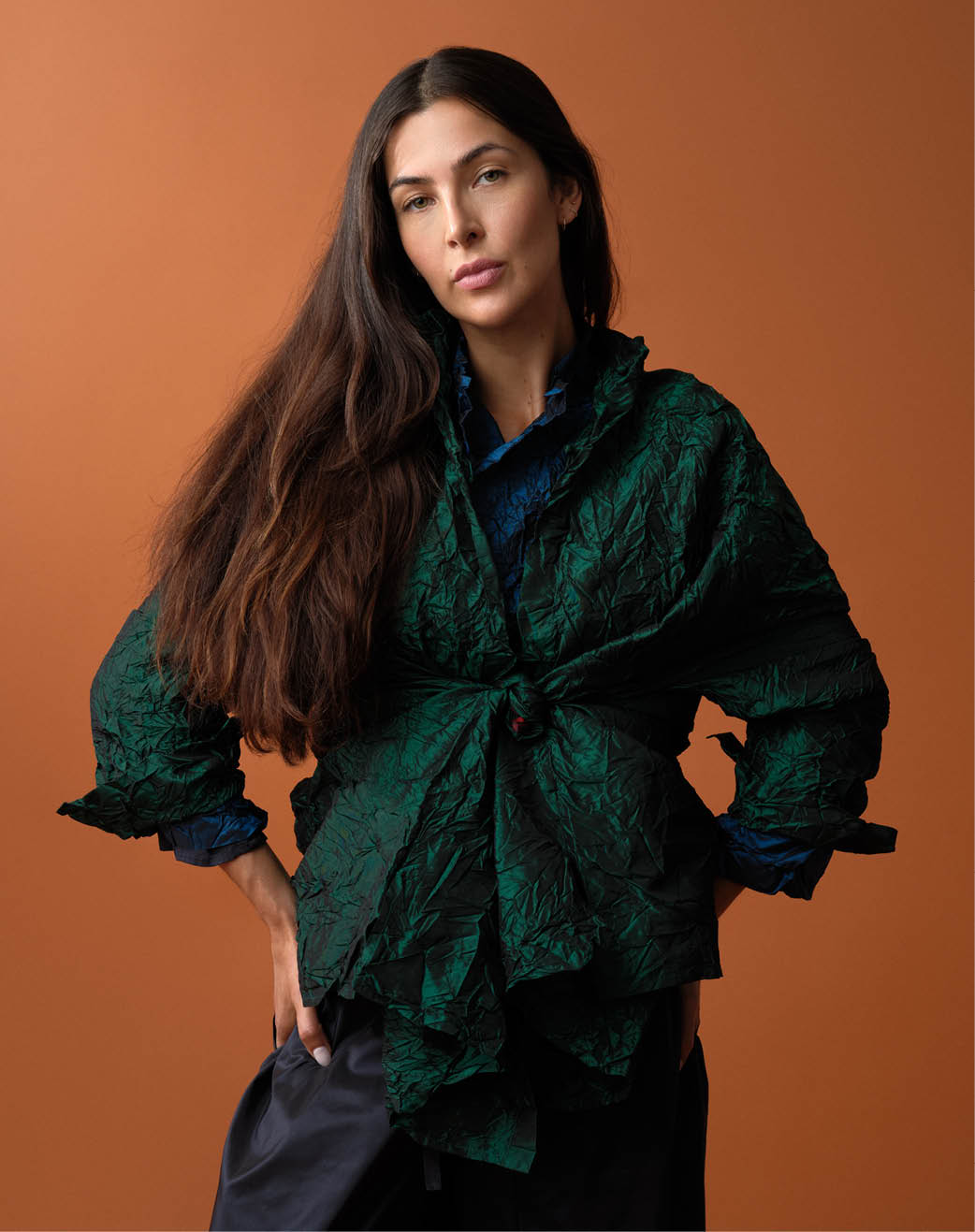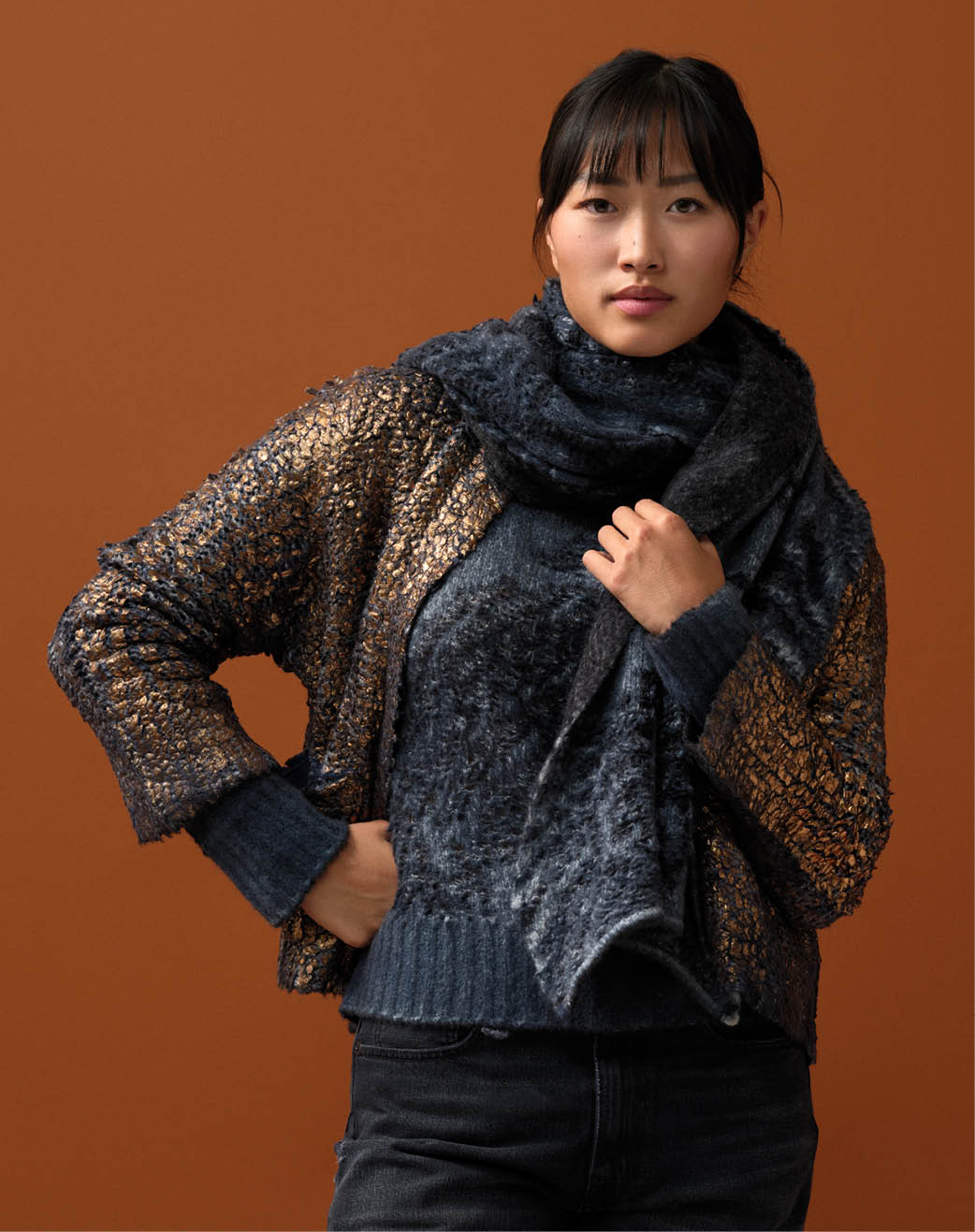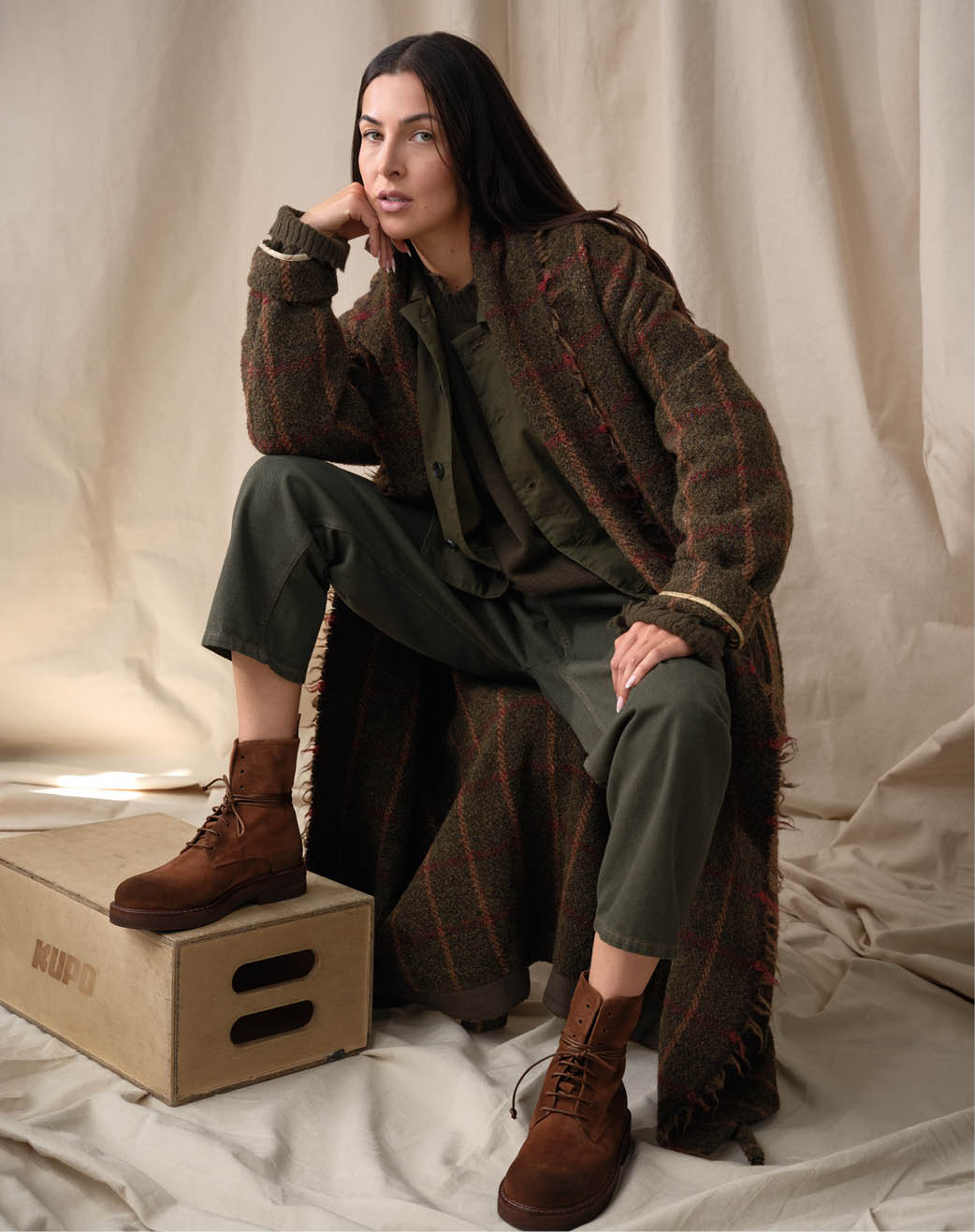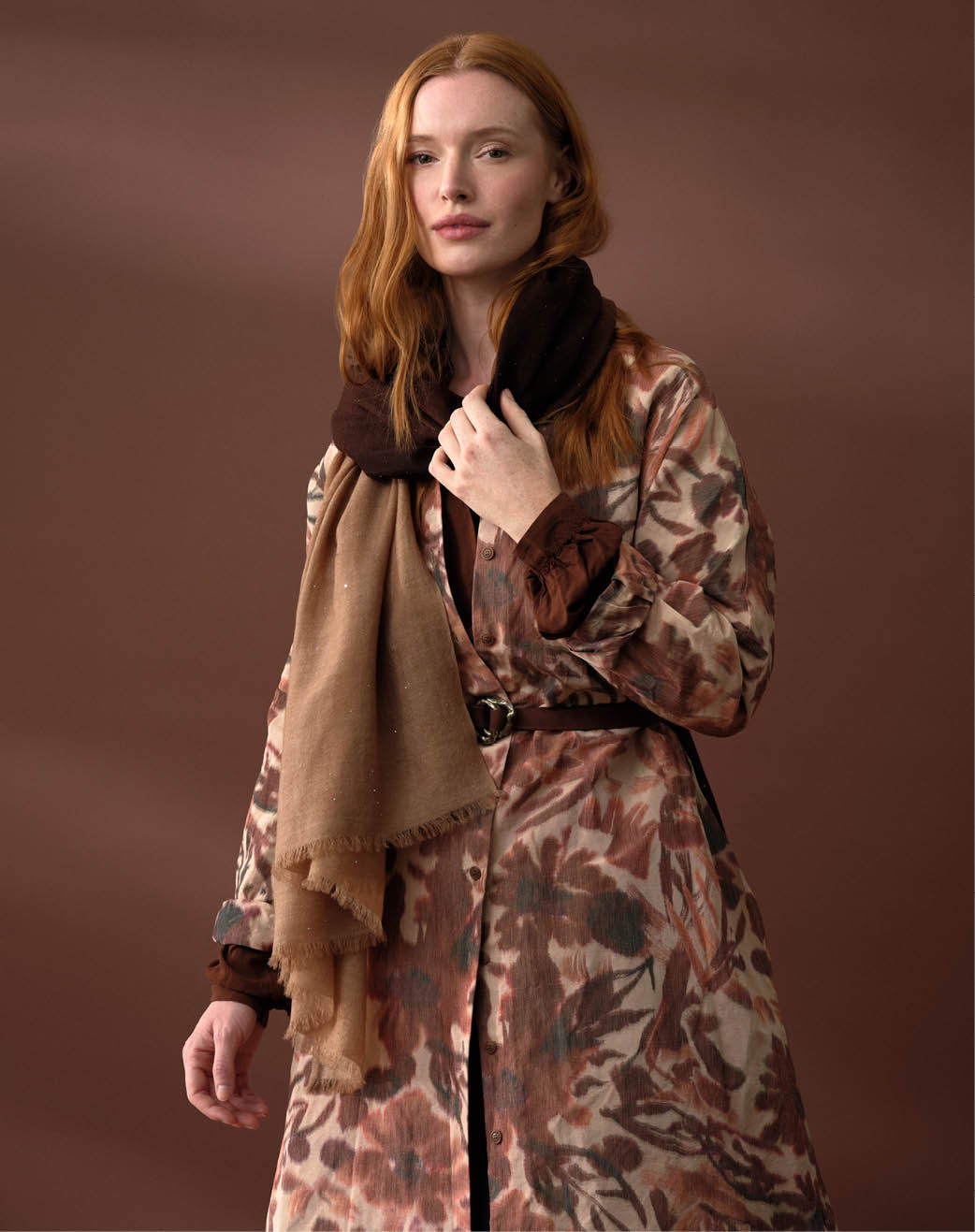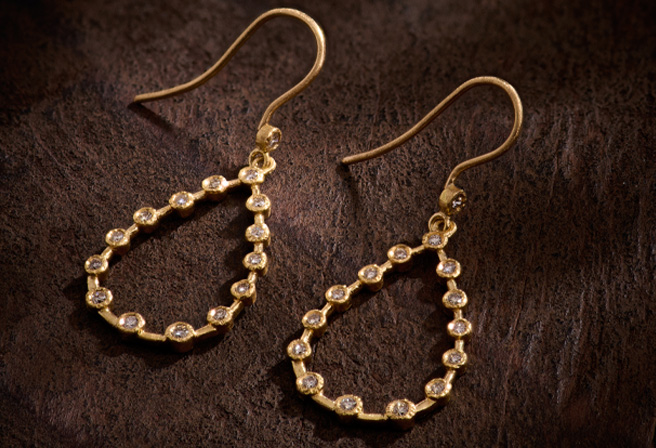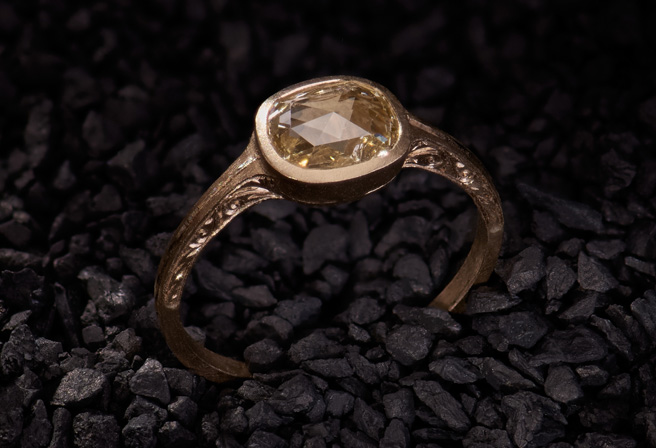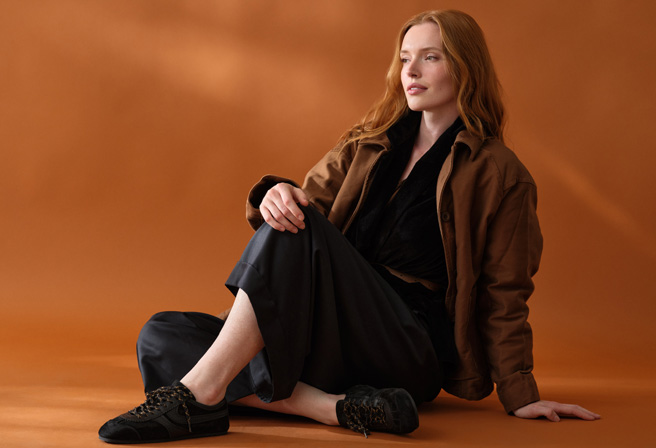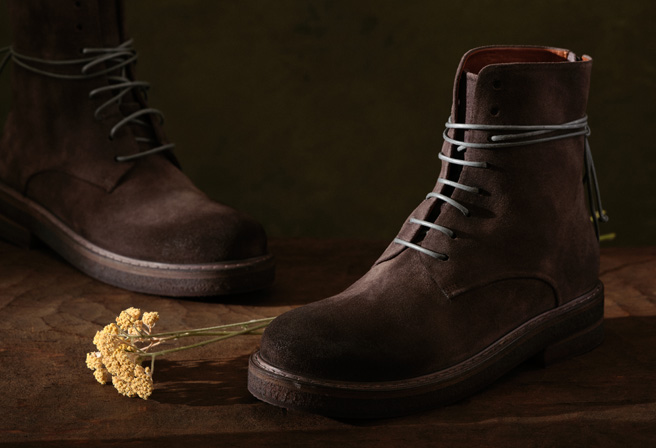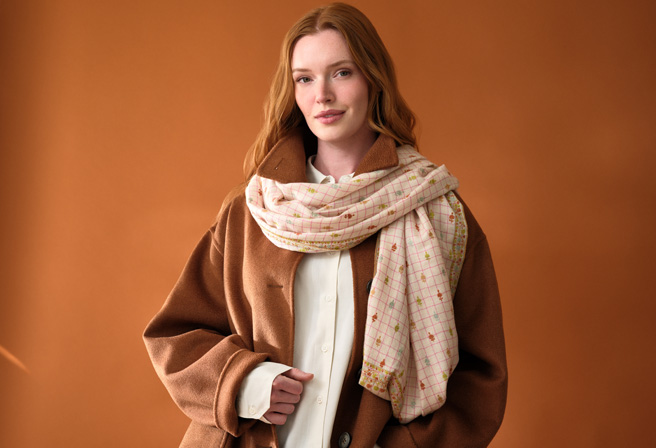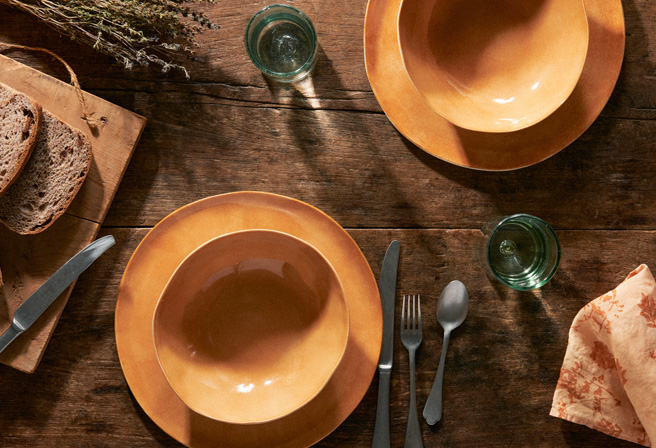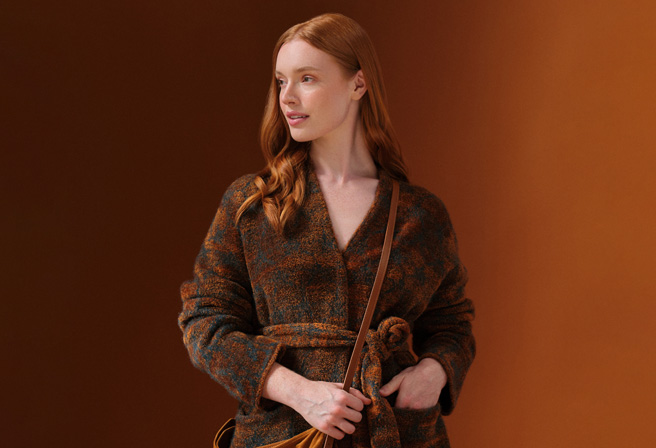Santa Fe Dry Goods owner opens third shop, with items for the home
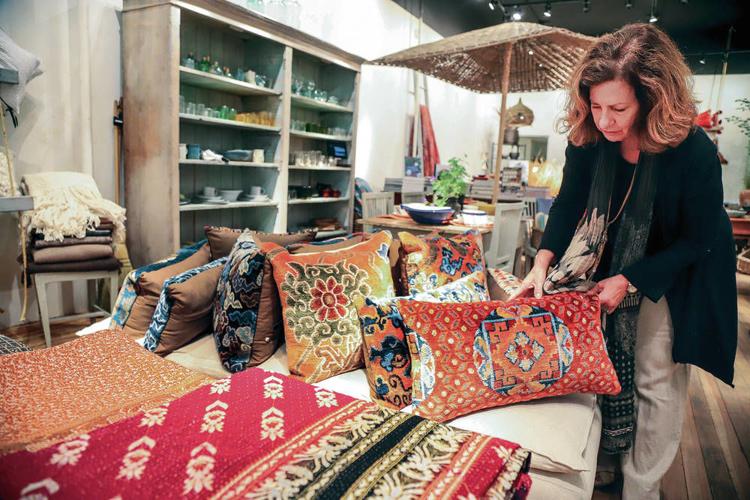
The owner of Santa Fe Dry Goods and its neighbor, Workshop, two retail shops facing the Plaza on Old Santa Fe Trail, has added a third store: Wild Life.
By Joseph Ditzler
Wild Life specializes in handcrafted items for the home — tumblers by British glassblower Michael Ruh, tableware by Christiane Perrochon, ceramics by Astier de Villatte, for example.
“I would describe it as a focus on accessories for the home that have high levels of finishing but have their roots in cultures from around the world,” said company owner Shobhan Porter. “Nothing we’re trying to do is trying to be flashy in any way, shape or form. There’s always an earthy or artistic nature to what we bring in.”
Wild Life opened in March after a three-month restoration of the 2,000-square-foot space inside the Catron Block, a spot formerly occupied by Gift N’ Gourmet, which moved to Water Street and Old Santa Fe Trail. The interior restoration by contractor Douglas Maahs removed layers of wallpaper to reveal what’s left of the circa-1890s original wall covering, visible in remnants near the ceiling.
Outside, Maahs’ crew also uncovered four iron columns, two each flanking the entrances to Wild Life and Workshop, a women’s clothing and accessories store next door. Maahs reconfigured the two storefronts to suggest something of the original design of those spaces. The historic structure has undergone several alterations in its 127-year history, including the addition of the portal in the late 1960s.
“I would say the idea was to give it a flavor of the memory of what it was. In the original building, there were actually a downstairs, window wells and stairwells in the front. The stairs are still buried under the sidewalk,” Maahs said.
In addition to removing decades worth of wall covering, contractors lifted layers of flooring to get to the original surface of worn, narrow boards, Porter said. To reach it, workers removed a barn-style floor and one layer each of linoleum and tar. Earlier, Porter had stripped the layers of flooring in Workshop to find the original boards laid in a herringbone pattern.
“I think it’s one of two white pine floors in the city, but we wanted to get back to the uniformity and the handsomeness of what was that 1891 to 1912 look,” she said.
The renovations to the entrances at Wild Life and Workshop went through the review process by the city Historic Districts Review Board. The Catron Block is considered a “contributing structure,” meaning it adds to the historic context of the Santa Fe Downtown and Eastside Historic District. Despite the changing face of its first-story exterior, the Catron Block is the least altered of the buildings facing the Plaza in 1891, according to the Historic Santa Fe Foundation.
Porter declined to disclose the project cost, other than to say it represented a significant investment for a retail firm.
“There was a lot of interaction to get this right,” Maahs said. Porter’s drive to reveal the original interior design of her shops “was really the driving force” behind the project, he said.
The Catron Block, on the northeast side of the Plaza at East Palace Avenue, was completed in 1891 and named for the original owner, Thomas Benton Catron, a lawyer and politician who served as one of New Mexico’s first two U.S. senators after statehood.
“The Catron Block was built by the local firm of Berardinelli and Palladino in the Italianate, or, as it is sometimes called, the railroad commercial style, which in this period represented to Santa Fe’s business leaders the urgently needed modernization of the commerce district,” according to The Historic Santa Fe Foundation.
Retail has had a presence in the building from its early days. The White House, a women’s fashion store, opened on the building east front in 1912, according to the foundation website. Later, the site became The Guarantee, a department store owned and operated by Gene and Jane Petchesky and Abe and Marian Silver for more than 50 years. The Silver family still owns the building.
The highly trafficked corner naturally draws shoppers’ attention. With Wild Life, Porter now leases 10,000 square feet for the retail operation, including Dry Goods, a 26-year-old women’s fashion and accessories store, she said. She purchased the business in 2008 from her parents, Greig and Helga Porter. All three shops contribute to one lifestyle aesthetic, which emanates from Porter’s own vision.
“I’m a rummager. If I work a normal day job here, I probably spend an additional three to four hours every night looking,” she said.
She focuses expressly on handcrafted merchandise from independent designers and artisans, rather than brand-name goods from well-known manufacturers, she said.
“We try to bring in both clothing and home goods that are tied to art and maybe things that take you back to the people that make them,” Porter said. “We’re kind of counter-current. As the world goes toward commercialism, we’re trying to make our mark in the opposite vein.”
